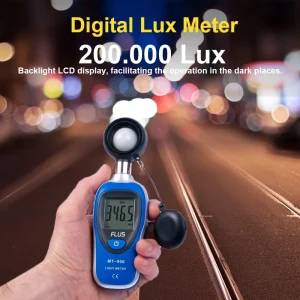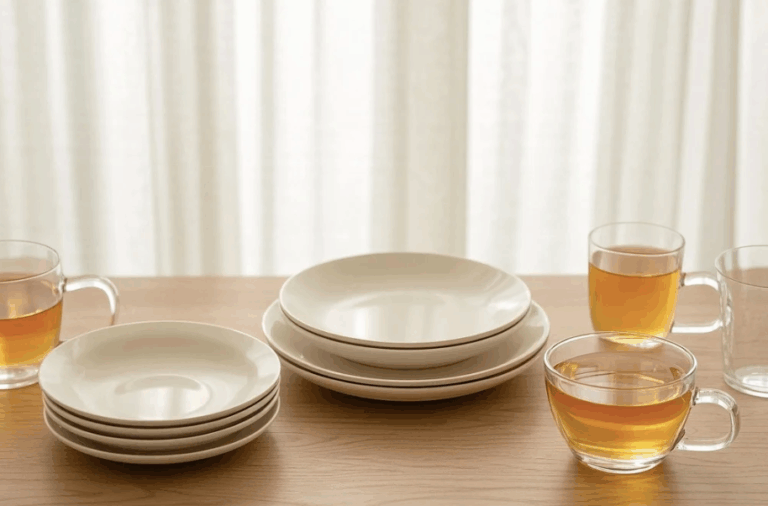How Should We Use The Brightness Meter Correctly In Our Daily Life?
Home » How Should We Use The Brightness Meter Correctly In Our Daily Life?
RECENT POSTS
Share:
- July 30, 2024
Table of Contents
Luminosity meters are essential tools for measuring the intensity of light in various settings, from photography and cinematography to environmental monitoring and industrial applications. Understanding how to use a luminosity meter effectively can greatly enhance the quality and accuracy of light measurements.

1. Understanding Luminosity Meters
Before delving into the practical aspects of using a luminosity meter, it’s crucial to grasp the basic principles behind these devices. A luminosity meter, also known as a light meter, is a handheld instrument that measures the intensity of light in units such as lux or foot candles. It consists of a sensor that detects light and a display that provides readings in real time. Luminosity meters are equipped with various settings and features to accommodate different lighting conditions and measurement requirements.
2. Preparing The Luminosity Meter
To begin using a luminosity meter, it’s important to ensure that the device is properly calibrated and set up for the specific environment in which it will be used. Calibration is essential for accurate measurements, so it’s advisable to follow the manufacturer’s instructions for calibrating the luminosity meter. Additionally, adjusting the settings such as the measurement units and range based on the lighting conditions is crucial for obtaining precise readings.
3. Taking Measurements
Once the luminosity meter is calibrated and set up, it’s time to start taking measurements. Position the sensor of the luminosity meter in the area where the light intensity needs to be measured. Ensure that the sensor is facing the light source directly to capture an accurate reading. Depending on the specific requirements, measurements can be taken at different angles and distances from the light source to capture a comprehensive understanding of the light distribution in the given space.
4. Analyzing The Readings
After capturing the measurements, it’s important to analyze the readings displayed on the luminosity meter. Pay attention to the numerical values and any fluctuations in the readings, as they can provide valuable insights into the uniformity and intensity of the light. Some luminosity meters also offer additional features such as data logging and graphical representation of the measurements, which can be useful for in-depth analysis and documentation.
5. Adjusting Lighting Setups
One of the key benefits of using a luminosity meter is optimizing lighting setups based on the measurements obtained. Whether it’s in a photography studio, a film set, or a workspace, the data from the luminosity meter can guide adjustments to the lighting to achieve the desired ambiance and illumination levels. By making informed decisions based on the readings, it’s possible to create visually appealing and functional lighting environments.
6. Troubleshooting And Maintenance
Like any precision instrument, luminosity meters require regular maintenance and occasional troubleshooting to ensure their accuracy and reliability. It’s important to keep the sensor clean and free from any obstructions affecting its performance. Additionally, periodic calibration checks and battery replacements are essential to maintain the functionality of the luminosity meter.
7. Applications Of Luminosity Meters
Luminosity meters find applications in a wide range of industries and activities. From architectural lighting design and horticulture to safety compliance and light pollution monitoring, these devices play a crucial role in ensuring optimal lighting conditions and environmental sustainability. Understanding how to use a luminosity meter effectively opens up opportunities to enhance the quality of light-related projects and initiatives.
In conclusion, mastering the use of a FLUS luminosity meter is a valuable skill for professionals and enthusiasts working with light. By following the guidelines outlined in this guide and gaining hands-on experience with a luminosity meter, user can harness the power of precise light measurements to elevate their work and contribute to creating visually captivating and well-lit spaces.
0


